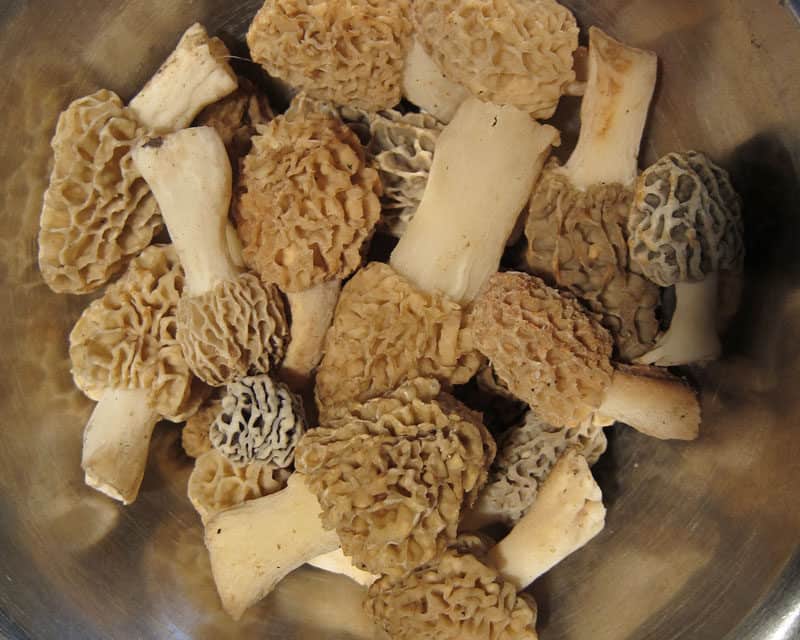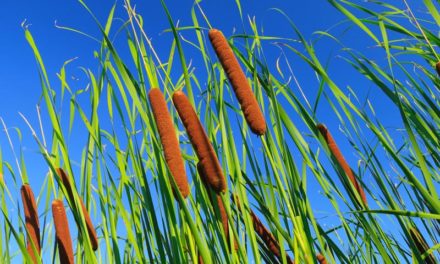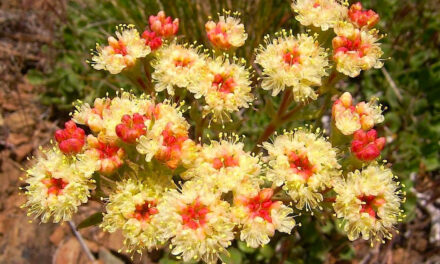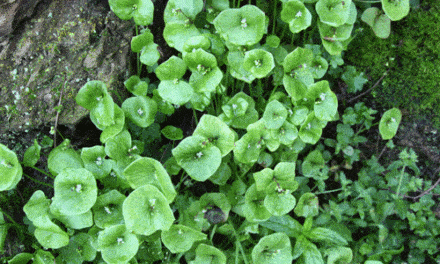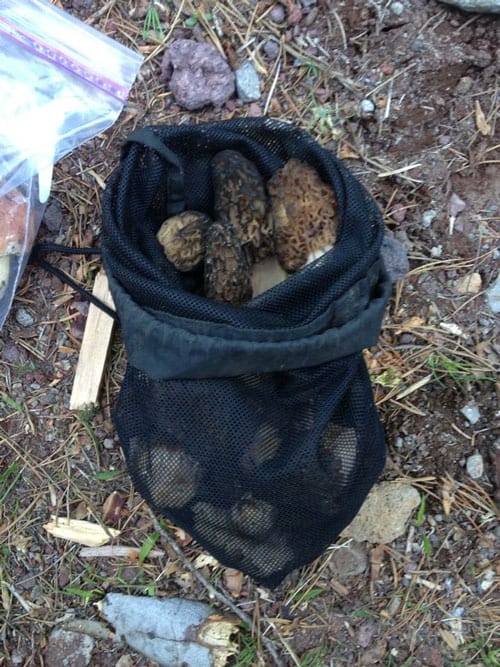

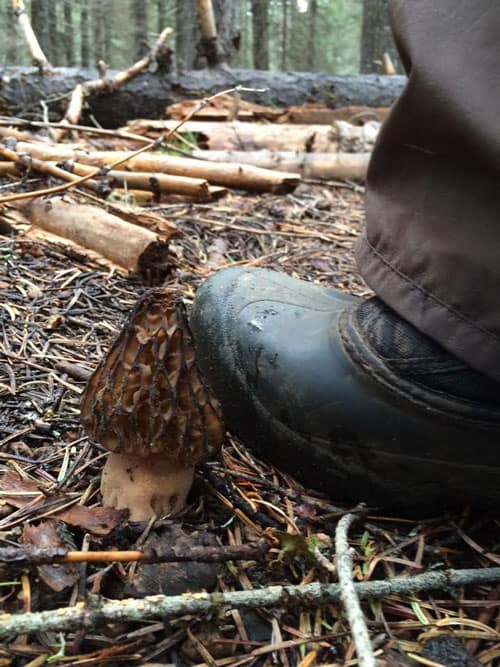
I remember the first time I found a Morel mushroom, long ago, growing all alone under an old tree in the springtime; a tall dark and pointed morel. Since it was the only one to be seen around and about, I decided to leave it be, so that it could reproduce more abundantly in years to come. Alas, I have never seen another Morel growing under that tree; nor have I ever, since then, seen one in my countless wanderings in the woods and meadows.
Morel mushrooms, are of course, prized for their superb flavor in various recipes. Unfortunately, growing morels commercially has not been a successful endeavor. Only about ten of about three hundred species of edible mushrooms are grown commercially, with Button/Portobello, Oyster, and Shiitake mushrooms being the top three.
Like other kinds of mushrooms, Morels, are ‘fungi’ and not plants. The Morel is actually just the spore bearing fruiting body of the Morel fungus. The underground vegetative part of the Morel fungus is called mycelium and is made of fine white filaments called hyphae. The hyphae secrete an enzyme that breaks down decomposing organic material such as leaf litter, which then provides the nutrients needed by the mycelium and the Morels produced by the mycelium. The mycelium of the Morel can also live in a mutually advantageous relationship with roots of hardwood and conifer trees, where the special unique nutrients produced by each are shared with the other.
Like most mushrooms, Morels bear forth in moist environments; but unlike most mushrooms, springtime is the season for almost all Morels, with April through June being the hunting season.
Somewhat open forests and woodlands with a mix of conifers and hardwood trees, and with a fair amount of understory herbs, are often prime locations for finding Morels. Also in the Western states, where fires have burned through these kind of habitats, Morels are often found in great abundance, especially the first spring following such fires.
The ultimate goal for hunting Morels is to satisfy the irresistible, uniquely human appetite for these exquisitely tasting mushrooms. Apart from a bug or two, it is said that no other vertebrate creature eats Morels! That means that, except for other Morel hunting single-minded zealots, there is not much hunting competition; usually!
Some of the online hunting tips that I came across include: “look for them when oak leaves are the size of a squirrel’s ear,” or “look wherever the bracken fern grows,” “Look in old apple orchards,” “follow the ravines,” “in the ash of woodland fires,” and many more. These tips are guaranteed to work; sometimes!
Fortunately, for those folks like myself who are not morel hunters, there actually is a commercial wild morel hunting industry; and thus folks can find both fresh and dried morels in stores; occasionally!
For those folks who may want to learn to hunt Morels, the most important thing to learn is the difference in appearance of Morels and false Morels. False Morels are poisonous; always!
Of course, when the harvest is in, the cooking begins. First the Morels need to be washed; and cut in half and inspected for bugs within the hollow insides. Then, look for recipes, which are plentiful and varied online. Sauteing Morels in garlic butter, with variations, is a favorite method. Deep frying sliced and breaded morels is also a popular cooking method. Morels are also used as additions in omelets, soups, sauces, and even pizza! Just writing this makes me hungry for some venison topped with a Morel burgundy brown sauce!
Unlike me, skilled Morel hunters know where to find them. Like the avid angler who has those secret fishing holes, so do they have secret Morel spots that yield forth an abundance of succulent Morels. But for me, it is still the elusive Morel, and every now and then when I pass under that old apple tree back in the corner of my yard, I think to myself, “I sure wish I had picked that Morel!”

